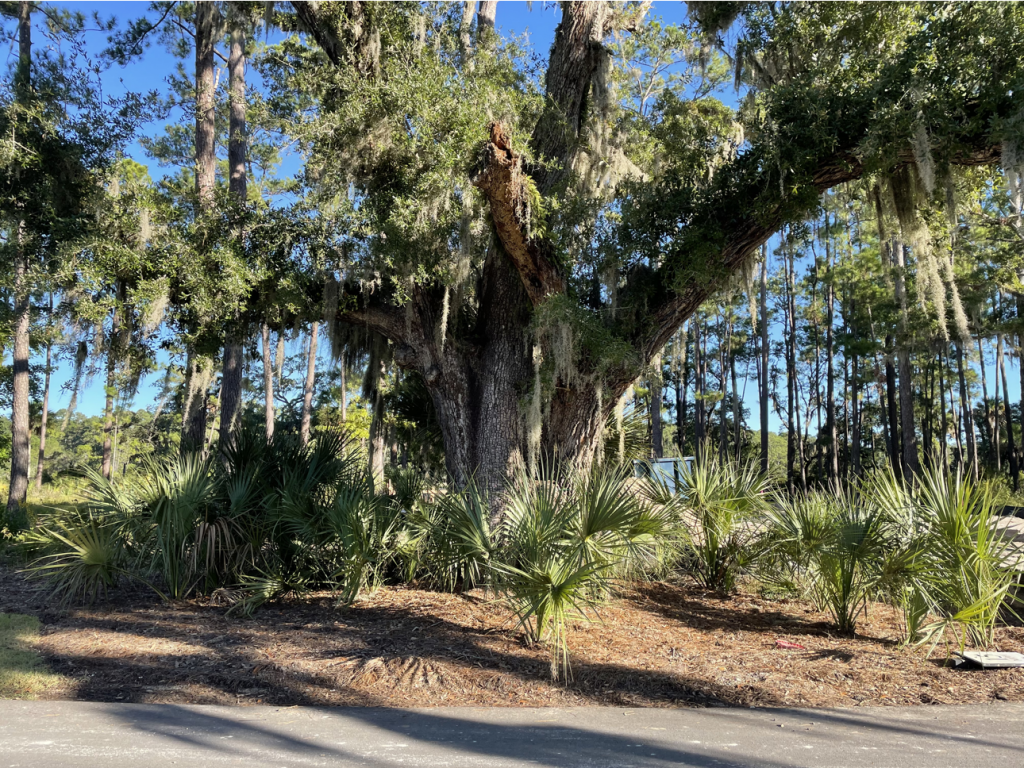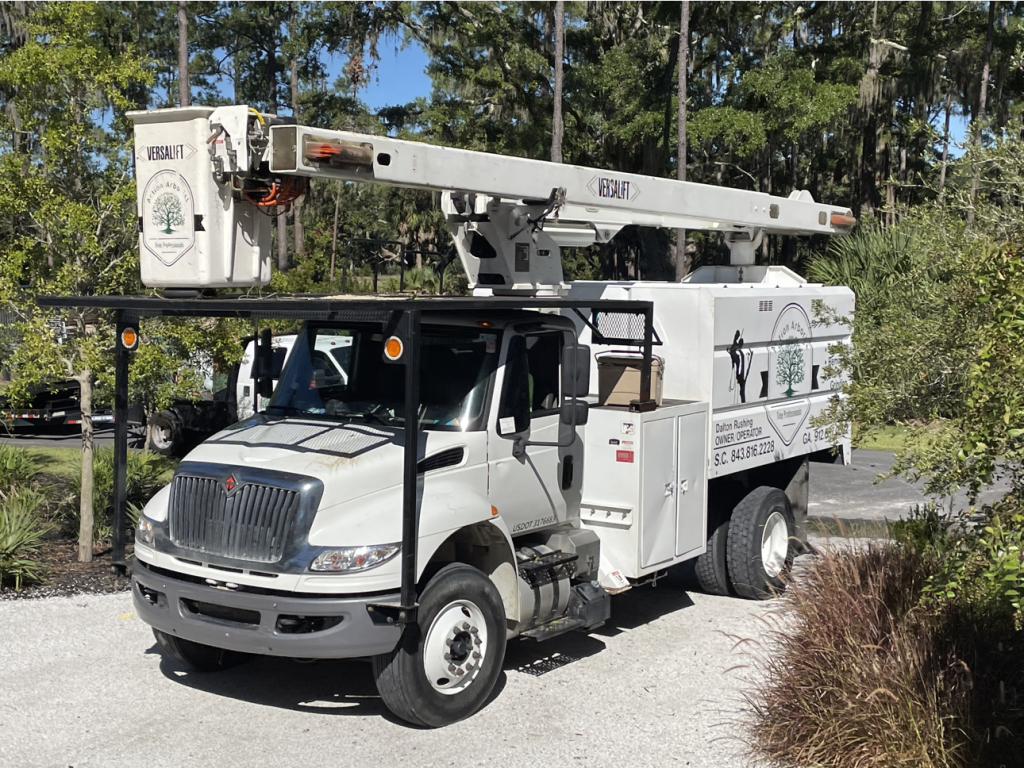
Our footings passed inspection, rebar constructed, concrete poured and ready for the block walls. So just what jobs can go forward at this stage beyond the obvious? Firstly let’s look into a bit of housekeeping.
We have a few. In case any reader missed the fact, it does rain here in Biblical proportions. Last week we received some 8 inches of rain over two days. Heavy enough one night to wake the household. In clearing and padding the site, before installing the foundation, we wrecked the existing drainage.
The permitted drawings call for sheet flow drainage away from the house to the road and towards the front of the lot, where it can soak through the sandy soil to the nearby water table. It was evident during torrential rains that this was not happening, so we made a quick call to the local land prep company, and we received 60 tonnes of clean dirt to re-grade the front of the lot, allowing drainage towards the road and away from the house. One advantage of subcontracting with local firm Cleland Site Prep, in addition to their considerable expertise, is their use of a very large bulldozer. It moves dirt efficiently and does a great job of compaction, making for a good firm surface. In previous jobs, we had used dirt containing a good percentage of natural clay. When wet, it turned to soup. Soup is very difficult to drain and reconvert into anything useful.
The next task also required some heavy equipment. During any build process, removing trees and taking care of the ones that remain is an important part of the process. Land preparation had removed the majority of the pine trees on the site. Grand trees do not include pines and are defined as those of a 24″ inch diameter or larger, at 4’6” above grade. These Grand trees are a vital part of the lowcountry landscape in coastal South Carolina, and must not be damaged without permission – so be careful! The usual methodology for removal is to use a big digger to pluck the trees from the ground. This cannot be employed when that tree is near another structure or a utility (close to the easement). Here, tree removal involves cutting them at grade level. It is then necessary to grind the stump away rather than bury it and create problems in future years.

A lot of companies will offer to remove trees. Less will be equipped to achieve this in a safe, professional manner. We used Action Arborist to trim existing trees on site of any deadwood, deep fertilize all remaining trees and grind out 5 remaining stumps.
The result of this work is now proper drainage and a dry site. The site is free of tree stumps, and any remaining trees are protected from damage. Good use of slack time for a little well-needed housekeeping. SIPS panels will be delivered soon and construction will move fully into taking the structure vertical. We’re lucky to be out of the heat of the summer, making for more enjoyable construction days ahead.
Building custom homes in Palmetto Bluff is not difficult if you understand the process. Our firm, Simplified Construction, has been awarded the highest approval category for building locally within the Palmetto Bluff development, providing our clients with the reassurance that we are indeed experts at the intricacies and regulatory demands of the design-build process. If you consider building your own home, let us work with you to make it happen quickly and cost-effectively.
Follow this blog series:
Building in Palmetto Bluff: Preventing Sources of Moisture in a Humid Climate
Building in Palmetto Bluff: A Cottage and Boathouse Come to Life
Building in Palmetto Bluff: Steps to Permitting & Site Prep
Building in Palmetto Bluff: Applying New FEMA Flood Requirements to Design
Palmetto Bluff: 4 New Builds Begin & Modern-Style Barn Design
Palmetto Bluff: Cost Estimations as a New Investment Project Begins

Interested in Learning More?
Our expert teams - from development, investment, real estate, and property management - have experienced it all and have the insight to help you along the way.
Find Out More